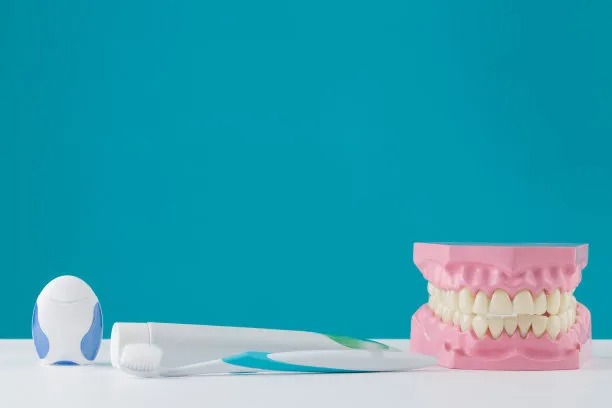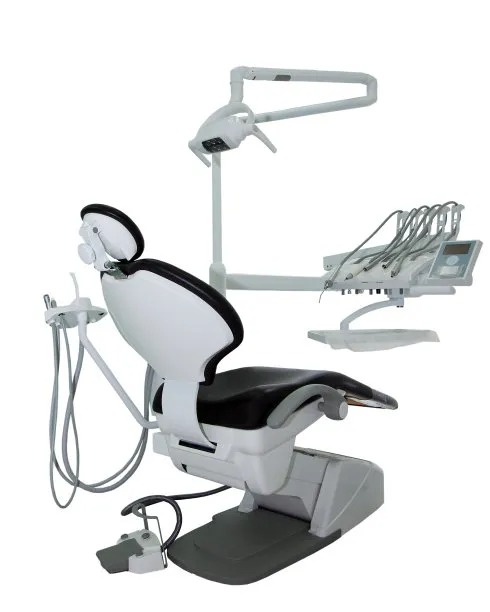Exploring the Advances and Challenges in Vietnamese Dentistry Over the Last Decade
original:health91192025-02-20 12:02:42
Summary: In the past decade, Vietnamese dentistry has seen significant advancements and faced various challenges. This article explores the progress made in technology, education, accessibility, and o
Summary: In the past decade, Vietnamese dentistry has seen significant advancements and faced various challenges. This article explores the progress made in technology, education, accessibility, and oral health awareness in the field of Vietnamese dentistry, as well as the ongoing obstacles that need to be addressed.
1. Technological Innovations

Technological advancements have revolutionized Vietnamese dentistry, enhancing diagnostic accuracy, treatment precision, and patient comfort. The introduction of digital radiography, CAD/CAM systems, and 3D printing has streamlined dental procedures and improved outcomes.
The adoption of laser technology in various dental treatments has minimized discomfort and accelerated healing times. Additionally, the integration of telemedicine platforms has expanded access to dental care in remote regions, facilitating consultations and follow-ups.
Nanotechnology applications in dental materials have led to stronger, more durable restorations with better aesthetics. Furthermore, the use of intraoral scanners and augmented reality has transformed the patient experience, allowing for more personalized treatment plans and improved communication.
2. Advancements in Dental Education
Over the last decade, dental education in Vietnam has evolved to meet the changing demands of the profession. Universities and training programs have incorporated modern teaching methodologies and practical experience, ensuring graduates are well-equipped to navigate the complexities of contemporary dentistry.
The emphasis on continuing education and professional development has facilitated knowledge transfer and skills enhancement among dental practitioners. Collaborations with international institutions and exchange programs have exposed students and professionals to global best practices and cutting-edge research.
Simulation centers and virtual reality training modules have provided hands-on learning opportunities, improving competency and confidence in performing complex dental procedures. The integration of ethics, communication skills, and interdisciplinary cooperation has further enriched the educational landscape.
3. Improved Accessibility to Dental Care
Efforts to enhance access to dental care have been a focal point in Vietnamese dentistry, aiming to address disparities in service distribution and affordability. The establishment of community-based dental clinics and mobile outreach programs has brought essential oral healthcare services to underserved populations.
Public health campaigns and preventive programs have raised awareness about the importance of oral hygiene and regular check-ups, promoting a culture of proactive dental care. Government initiatives and insurance schemes have expanded coverage and reduced financial barriers to treatment, ensuring more individuals can seek timely intervention.
The integration of teledentistry platforms and remote monitoring systems has facilitated follow-up care and consultation, particularly in rural or distant areas where access to dental facilities is limited. These innovations have played a crucial role in improving overall oral health outcomes nationwide.
4. Challenges and Opportunities in Oral Health Awareness
While significant progress has been made in Vietnamese dentistry, challenges persist, particularly in raising oral health awareness and changing behaviors. There is a need for targeted campaigns that address misconceptions, promote preventive practices, and emphasize the connection between oral health and overall well-being.
Social determinants of health, including socioeconomic factors and cultural beliefs, continue to influence oral health behaviors and treatment-seeking patterns. Collaborations between dental professionals, public health sectors, and community stakeholders are essential to design interventions that resonate with diverse populations and drive sustainable change.
Building a comprehensive oral health infrastructure that integrates primary care, dental services, and public health programs is crucial for fostering a holistic approach to oral healthcare. Embracing digital platforms for health education and teleconsultations can bridge gaps in knowledge dissemination and encourage regular dental visits among all age groups.

Summary:
Over the last decade, Vietnamese dentistry has witnessed remarkable progress in technology integration, educational reforms, accessibility improvements, and oral health awareness initiatives. While challenges persist, the commitment to innovation, education, and equitable care delivery bodes well for the future of dental healthcare in Vietnam.
This article is published by HEALTH9119 Medical Health Network https://www.health9199.com arrangement